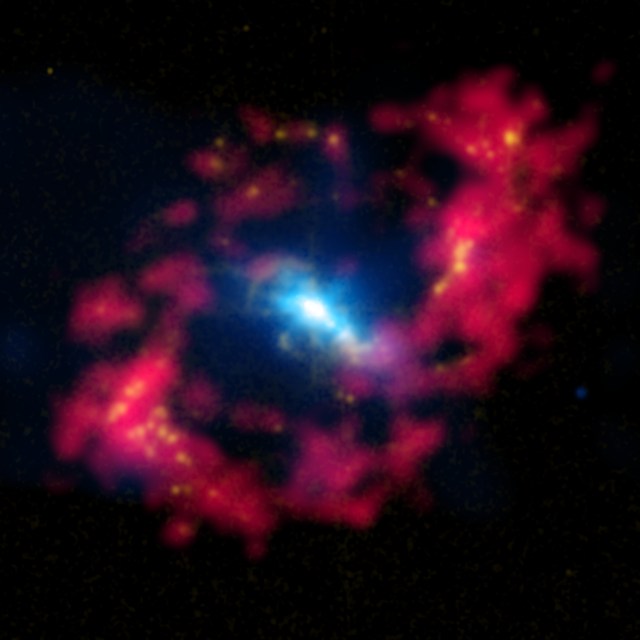A fascinating image of galaxy NGC 4151 was created using a combination of X-ray, optical, and radio light. The X-ray data from NASA/CXC/CfA/J.Wang et al., the optical data from the Isaac Newton Group of Telescopes, La Palma/Jacobus Kapteyn Telescope, and radio data from NSF/NRAO/VLA were combined to create this comprehensive view of the galaxy.
The spectrum captured by JAXA/NASA/XRISM Resolve provides valuable insights into the inner workings of NGC 4151 and the supermassive black hole at its center. By studying the energy signatures of different elements like iron, researchers can better understand the processes happening near the black hole and in the surrounding accretion disk. This data helps astronomers piece together the complex mechanisms at play in active galactic nuclei like NGC 4151.
In particular, the spectrum reveals the presence of iron in the peak around 6.5 keV and dips around 7 keV, light thousands of times more energetic that what our eyes can see. This information is crucial for understanding how matter is being consumed by the supermassive black hole and how it is distributed throughout the accretion disk. By studying these details, researchers can gain a deeper understanding of one of nature’s most powerful forces and how it shapes our universe.



